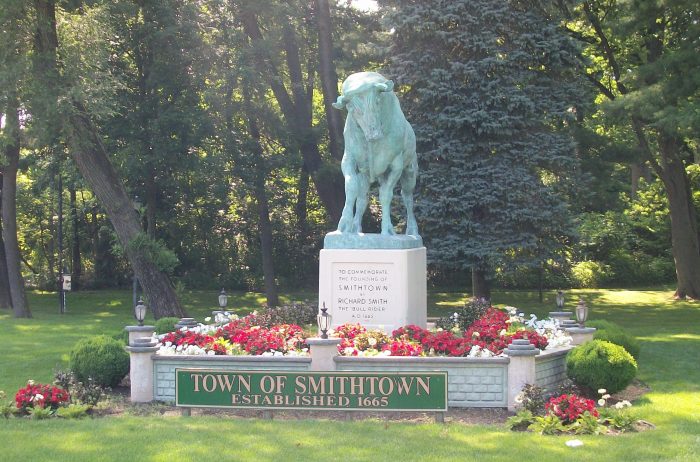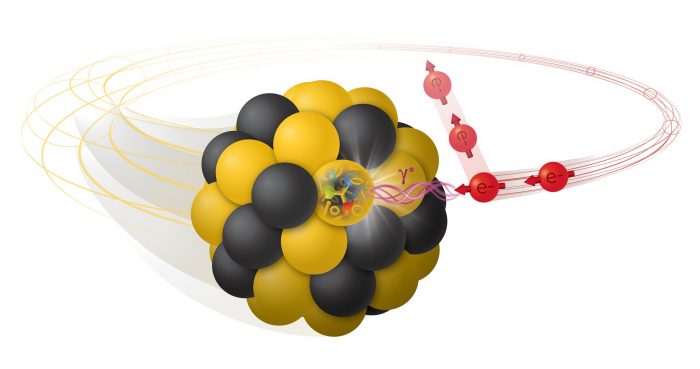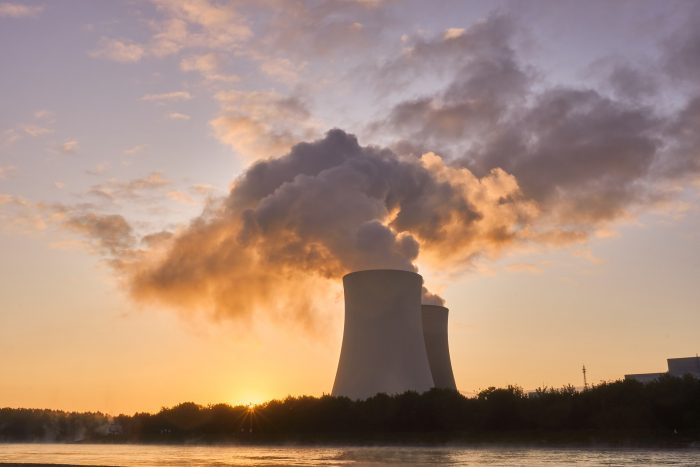U.S. Senate Majority Leader Chuck Schumer (D-NY) and U.S. Sen. Kirsten Gillibrand (D-NY) announced Friday, Sept. 15, $1 million in federal funding for Smithtown through the U.S. Department of Agriculture’s Forest Service’s Urban and Community Forestry grants program.
This project will implement tree inventory assessments focused on public outreach and education while protecting and improving the existing tree canopy through tree maintenance activities throughout the town.
Tree planting will take place after a public outreach and education campaign. The campaign aims to increase local awareness of the positive impacts of maintaining an urban tree canopy for quality of life, the natural ecosystem and the environment.
“I am proud to announce Long Island communities are among the first in the nation to tap the historic funding I secured in the Inflation Reduction Act to conserve and increase tree canopy, educate residents and improve storm and flood resilience with new tree plantings,” Schumer said. “I fought hard to plant this funding in the Inflation Reduction Act so that Long Island could have access to the funding needed to breathe new life into its communities.”
Gillibrand added to this sentiment, noting the environmental trends that have made this funding necessary for communities such as Smithtown.
“Expanding access to trees and green spaces on Long Island will give our communities a higher quality of life,” the U.S. senator said. “This money will help bring new life to the Island, where families can enjoy a greener, healthier environment.”
Town of Smithtown Supervisor Ed Wehrheim (R) weighed in on this injection of federal stimulus. He tied the money to ongoing townwide efforts to improve the existing canopy.
“We are incredibly grateful to Senator Schumer for his advocacy in securing this funding, which is a gamechanger to advance our urban forestry agenda, the result of which will allow us to improve the community’s quality of life, wildlife and ecological habitat,” he said. “This grant will undoubtedly serve as the catalyst to expanding cutting-edge initiatives like our tree inventory, STEM and community outreach programs and our street tree canopy, which Smithtown’s urban foresters and the Department of Environment and Waterways have worked tirelessly to broaden over the years.”
He added, “We look forward to expanding our local green space, which will deliver ecological benefits for generations to come.”
The senators noted that a neighborhood lacking trees can lead to various problems, from increased air pollution, urban heat islands and poor health outcomes, all on top of negative economic impacts like decreased property values.
Schumer and Gillibrand said the Inflation Reduction Act has finally created the robust funding needed to maximize access to urban forests in cities and towns across New York.
The Inflation Reduction Act included $1.5 billion over the next 10 years for the U.S. Forest Service’s Urban and Community Forestry program, more than five times the current level of funding.
Schumer and Gillibrand explained that Urban and community forests cool neighborhoods, improve psychological well-being, keep electricity costs down, positively impact property values and help residents avoid the severe health impacts associated with heat waves.



 Because waste removal is a town responsibility, there has been no movement toward creating a county role which could be funded by the DEC, along with its role of regulating and overseeing town operations. Much of the municipal waste in Suffolk County is incinerated, with the ash deposited in landfills in the towns of Brookhaven and Babylon. Towns without landfills are sending their waste off the island to other states, using trucks with high rates of carbon fuel emission. Construction and demolition waste from building projects, and yard waste have been recycled more successfully, except for glass, which is currently part of municipal waste. It is being studied as a subject for recycling if markets can be developed for its final stage.
Because waste removal is a town responsibility, there has been no movement toward creating a county role which could be funded by the DEC, along with its role of regulating and overseeing town operations. Much of the municipal waste in Suffolk County is incinerated, with the ash deposited in landfills in the towns of Brookhaven and Babylon. Towns without landfills are sending their waste off the island to other states, using trucks with high rates of carbon fuel emission. Construction and demolition waste from building projects, and yard waste have been recycled more successfully, except for glass, which is currently part of municipal waste. It is being studied as a subject for recycling if markets can be developed for its final stage. 




